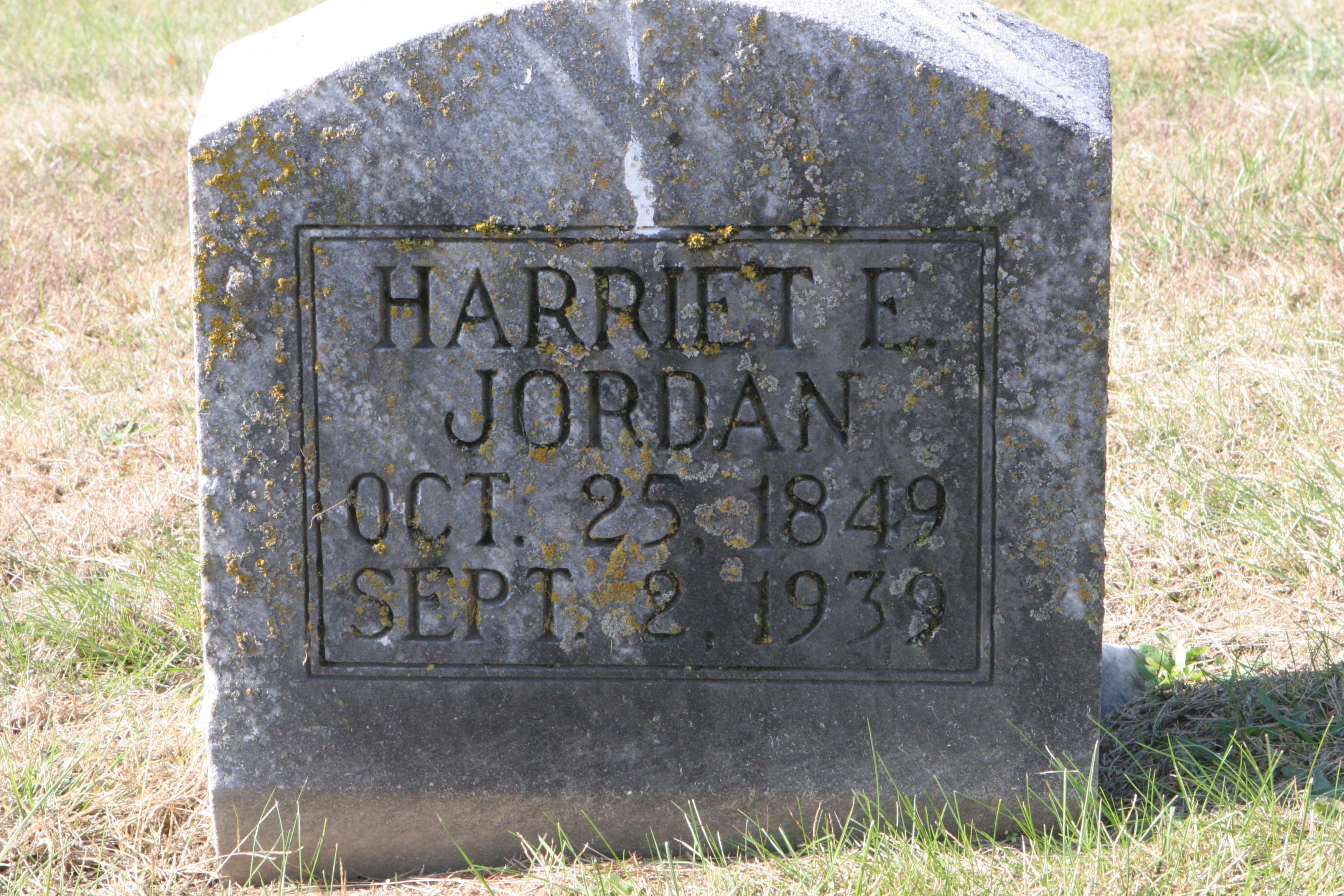

Burr, vice president of the Santa Fe Railroad. Burrtonīurrton was laid out in 1873 and named after I.T. While main streets, grain elevators, small businesses, manufacturers, schools, athletic facilities, libraries and church steeples are common sights throughout Harvey County, each of its cities has a unique history. Historical museums, archives and libraries are located in Harvey County’s towns showing a continuing interest in preserving the county’s rich history. Employment opportunities exist in the fields of health care, retirement communities, local school districts, independent businesses and local governments. The history of the county has included “the violence of cowtown wickedness, dynamic railroad activity, and prosperous settlements of Turkey Red wheat farmers.”Īgriculture is still important today, yet each of the county’s towns now attract manufacturing plants as well. Agriculture in Harvey County – Mechanization and Diversification.Agriculture in Harvey County Stimulated Flour Milling Industry.Agriculture in Harvey County – Part of the Wheat State Story.The milling of the special wheat helped make Kansas “the breadbasket of the world.” For stories of this era, click the on-line exhibits entitled: Other farmers in the county took up the practice. Nevertheless, they started farming and importing Turkey Red hard winter wheat seed that had been successful in Russia and was found to be adaptable to the Kansas climate. Arriving in 1874, they saw the devastation of a drought year and the aftermath of the great grasshopper invasion. Schmidt, Santa Fe land agent, encouraged them to settle here, offering a good price for government-granted fertile railroad land and other amenities. Important to the agricultural growth of Harvey County were the German-speaking Mennonite Christians who came from Russia. Organization and Continued Settlement of Harvey County, Kansas.For stories of this era, click the on-line exhibit entitled: The county was named for the Kansas Governor at the time, James M. The plan passed the Kansas Legislature on Februminus the three congressional districts from Marion County, two of which were finally annexed in March, 1873, forming the 15 townships of Harvey County. They came back to Newton determined to form their own county with Newton as the county seat. Ī plan to create a new county from townships in Sedgwick, McPherson and Marion Counties came when Newton’s Republican representatives to a Sedgwick County political convention were snubbed. Sketches of Pre-Harvey County and Settlement of the Area.With a mix of cowboys, saloons and brothels, Newton became known as “the wickedest town in the West.” For stories of this era, click the on-line exhibits entitled: Longhorn cattle from Texas were shipped to the east coast from Newton between 18. The town became a dynamic (but short-lived) railhead for cattle shipment when the Santa Fe Railroad, building track from Emporia, met the Abilene/Chisholm Trail. The earliest settlers saw the movement of great herds of cattle to Abilene through the area that was to become Newton. The Kansas-Nebraska Act (1854), the building of railroads across Kansas, the Homestead Act (1862) and the end of the Civil War (1865) brought many families from Ohio, Illinois and Indiana looking for cheap farm land into the area that was to become Harvey County. Samples and Slices of Life in pre-Kansas Era: Prehistory and Native Americans.The stories start with a quick peek at the many millennia when Native Americans inhabited the Great Plains of North America.
#The newton kansan series
Through a series of slideshows, on-line exhibits provide short stories about Harvey County and its cities. “Oh give me a home where the buffalo roam and the deer and the antelope play….” Add waving blue-stem grass, Indian tribes, trees along the streams, a few early homesteaders and that would describe south-central Kansas in the late 1860s. Buffalo, Cowboys, Railroads, Politics, Turkey Red Wheat and Highways


 0 kommentar(er)
0 kommentar(er)
